

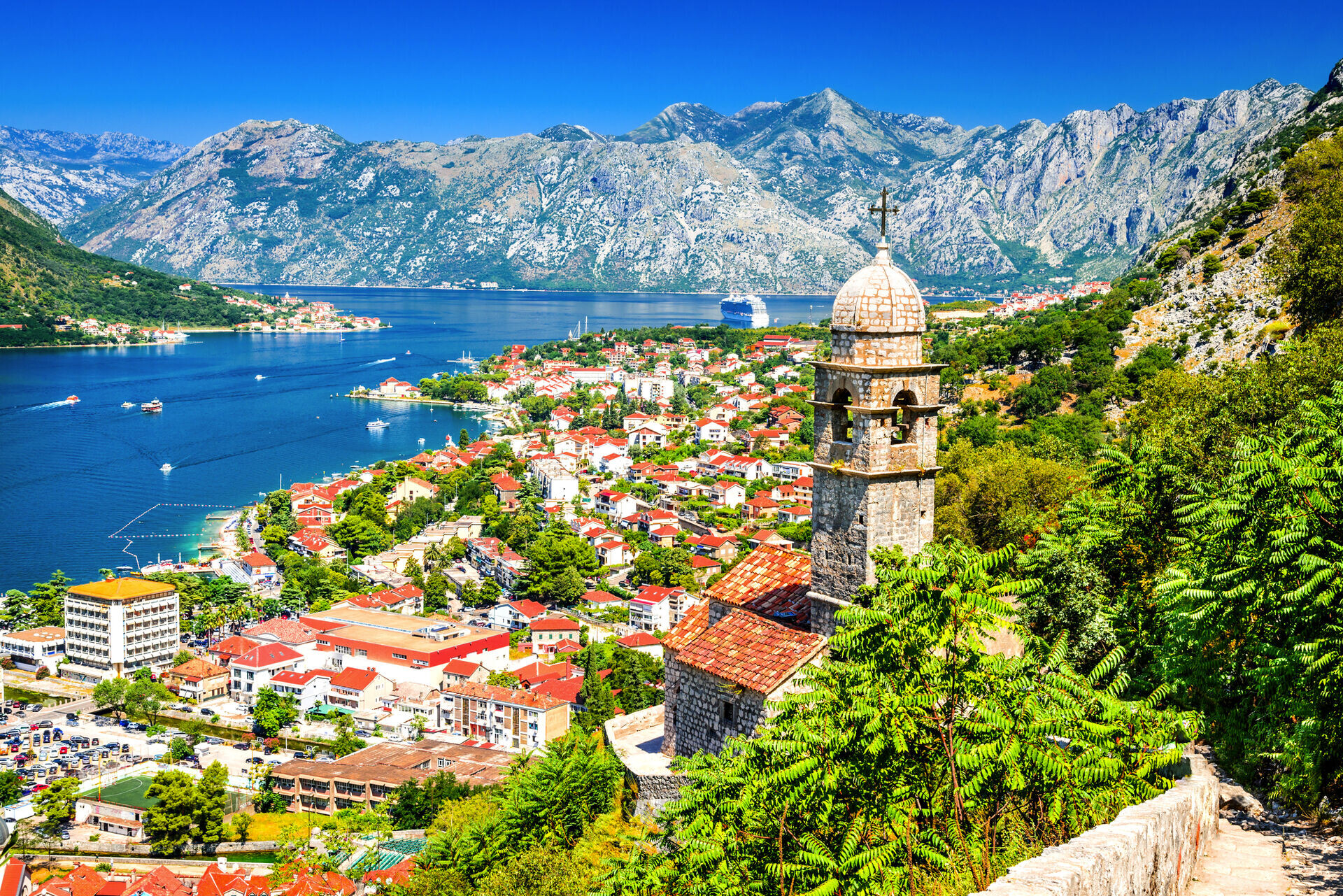
Croatia, the pearl of the Adriatic with its thousands of islands, crystalline waters, fortified historic towns and stunning national parks, promises you unforgettable holidays. Between Roman, Venetian, and Slavic heritage, enchanting Mediterranean landscapes, and a festive atmosphere, our stays in Croatia are an invitation to discovery and relaxation. Explore our offers and let yourself be charmed by the diversity and splendour of Croatia.
A spectacular Adriatic coast
Thousands of islands and islets, secret coves, pebble beaches, and turquoise waters ideal for swimming, sailing, and diving.
Timelessly charming historic towns
Explore Dubrovnik (the “Pearl of the Adriatic”), Split with its Diocletian’s Palace, Zadar and its sea organs, all filled with history.
National parks of exceptional natural beauty
Admire the emerald waterfalls and lakes of Plitvice and Krka, or the preserved island landscapes of Mljet and Kornati.
A delicious Mediterranean gastronomy
Savour fresh fish, seafood, olive oil, local wines, and regional specialities like Istrian ham or Pag cheese.
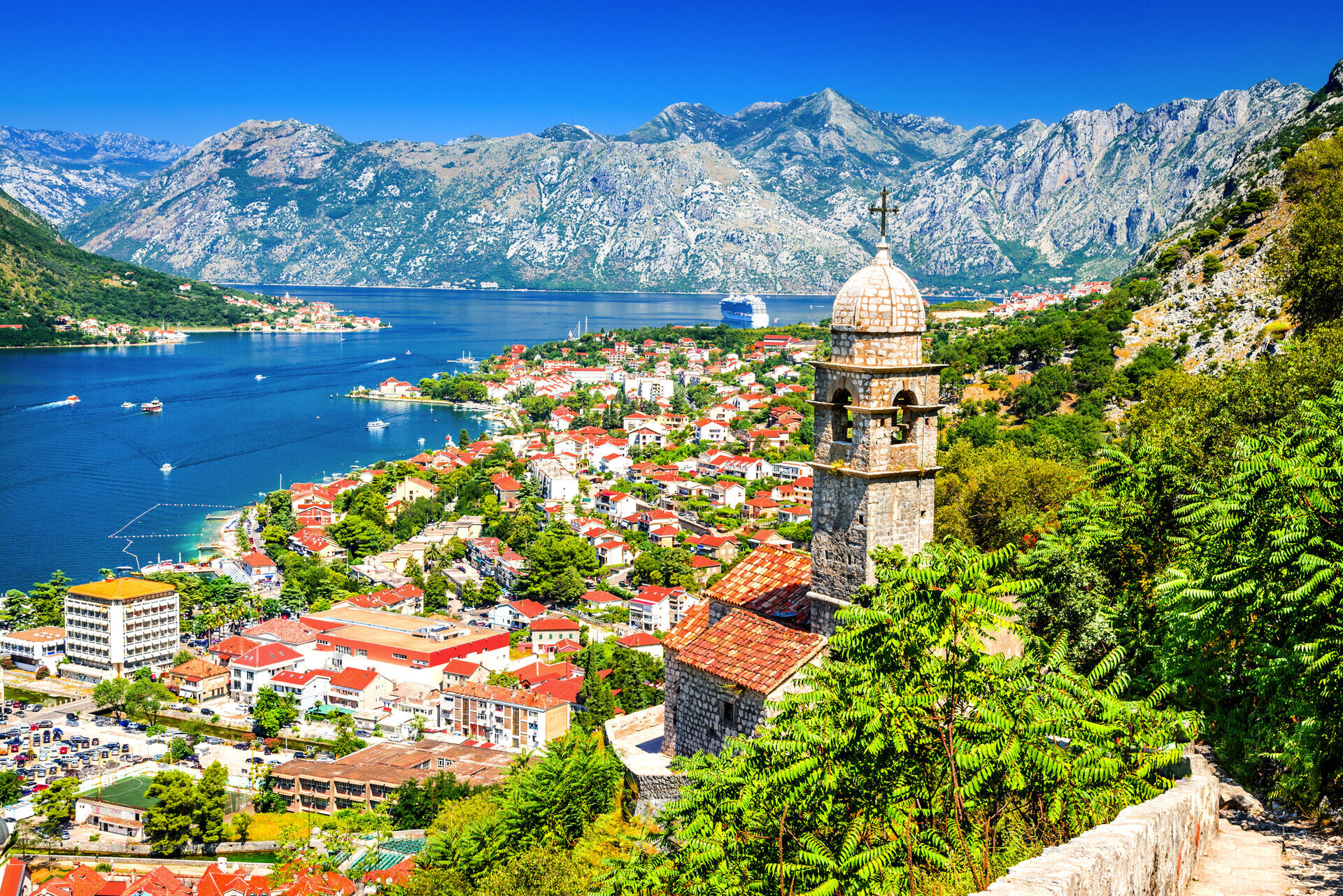
2775€
price per person
Croatia is full of treasures.
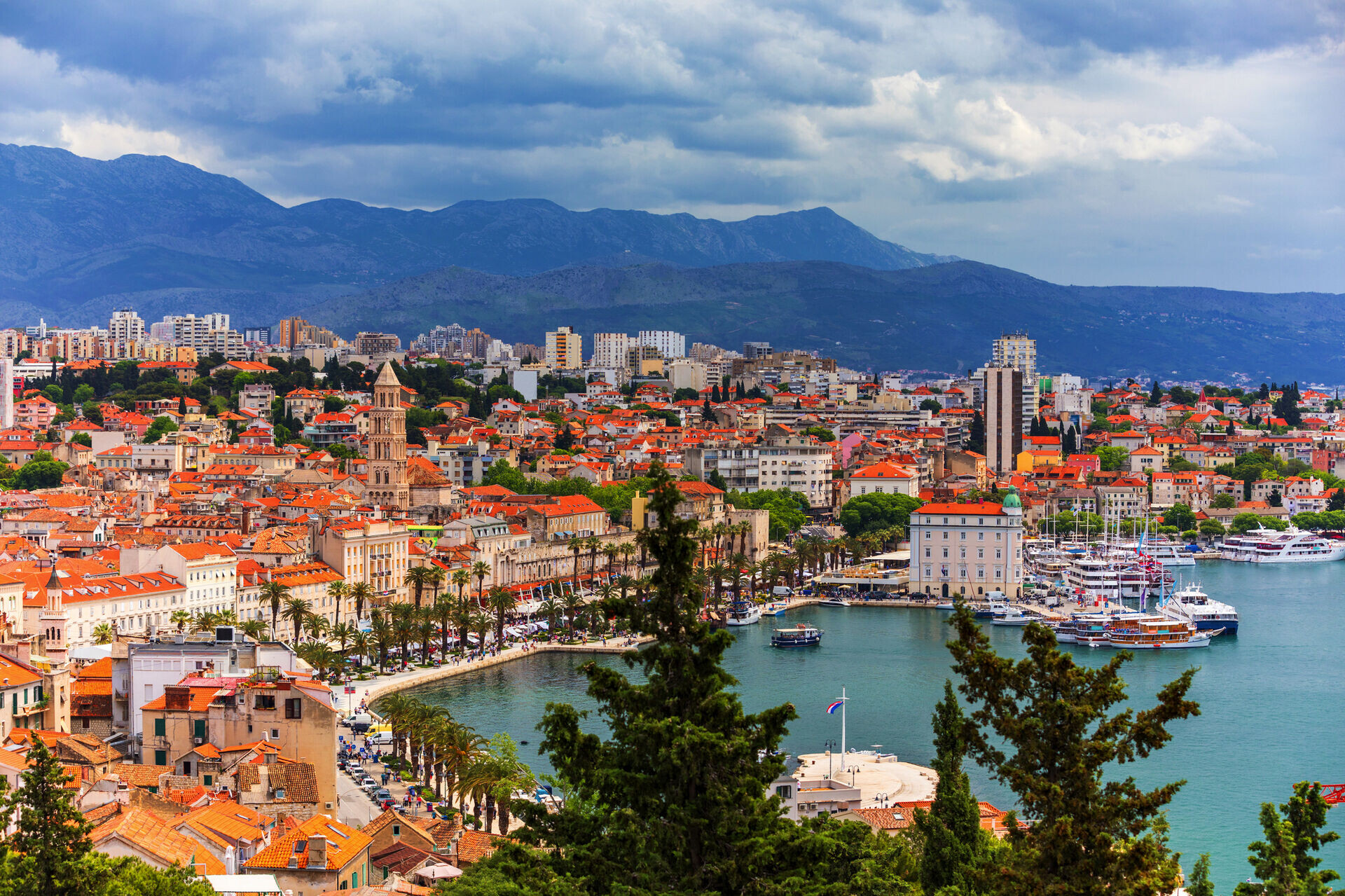
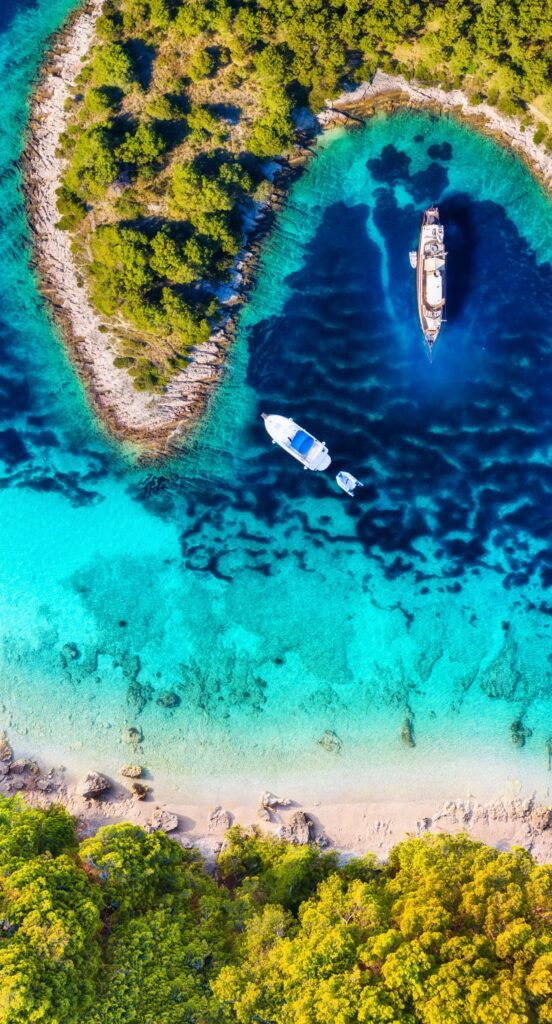
Croatia has two main climates:
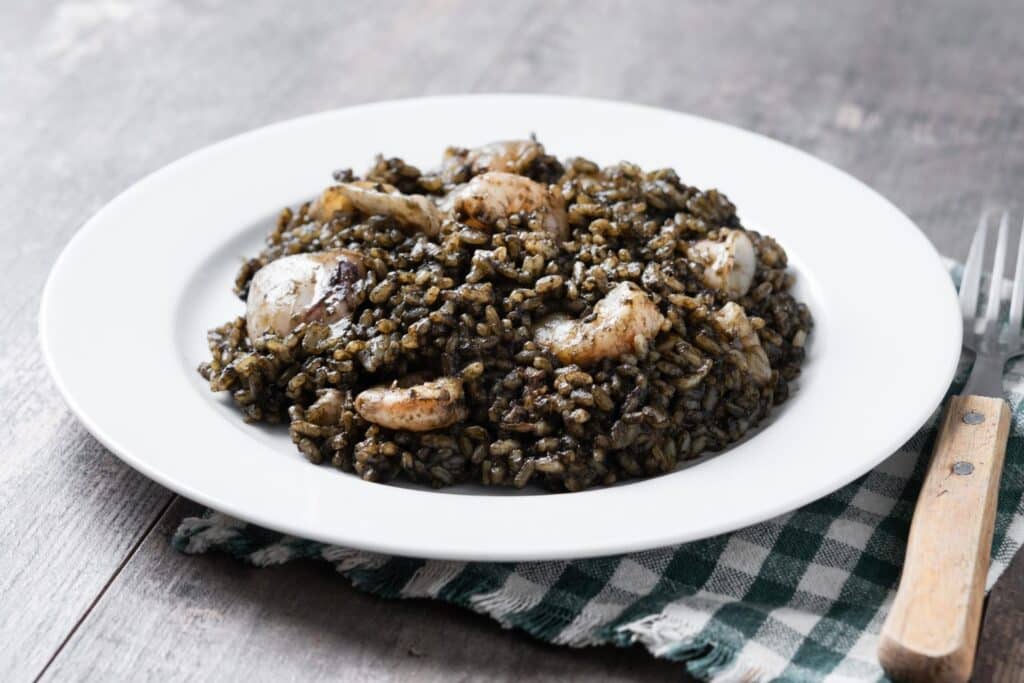
Croatian cuisine varies by region. On the Dalmatian coast and in Istria, it is typically Mediterranean: grilled fish (riba na gradele), seafood (squids, octopus, mussels), crni rižot (black risotto with cuttlefish ink), olive oil, and fresh vegetables. The pršut (smoked raw ham) and the paški sir (sheep cheese from Pag island) are renowned specialities. In Istria, truffles, fresh pasta (fuži, pljukanci), and olive oil are highlights. Inland cuisine is more influenced by Central Europe, with meat dishes (stews, roasts), charcuterie, and potato-based dishes. Croatia produces excellent wines (reds like Plavac Mali, whites like Malvazija) and liqueurs like Maraschino or Rakija.
| Jan | Feb | March | April | Mai | June | July | Aug | Sept | Oct | Nov | Dec | |
|---|---|---|---|---|---|---|---|---|---|---|---|---|
| Our opinion | ||||||||||||
| Tourist peak | ||||||||||||
| T° max | 12°C | 13°C | 15°C | 18°C | 22°C | 26°C | 30°C | 30°C | 25°C | 22°C | 16°C | 13°C |
| Rainy days | 9 d | 8 d | 8 d | 8 d | 6 d | 4 d | 2 d | 2 d | 8 d | 8 d | 12 d | 11 d |
| T° sea | 14°C | 13°C | 13°C | 15°C | 18°C | 21°C | 24°C | 25°C | 22°C | 20°C | 17°C | 14°C |
| Beach | ||||||||||||
| Diving | ||||||||||||
| Hiking |
The necktie (kravata in Croatian) originates from Croatia. It was worn by Croatian soldiers in the 17th century, and this fashion was later adopted in France and the rest of Europe.
Since 1 January 2023, the official currency in Croatia is the Euro (€). Credit cards are widely accepted in most hotels, restaurants, and shops. It’s always useful to have some cash for small purchases, markets, or local transport. ATMs (bankomat) are numerous.
The inhabitants of Croatia are called Croats.
The official language is Croatian, a South Slavic language. In tourist areas, English is widely spoken, especially by young people and in the tourism sector. German and Italian are also understood by some of the population, particularly in Istria and along the coast.
In Croatia, electrical plugs are type C and F. The standard voltage is 230V and the frequency is 50Hz. French appliances work without an adapter.